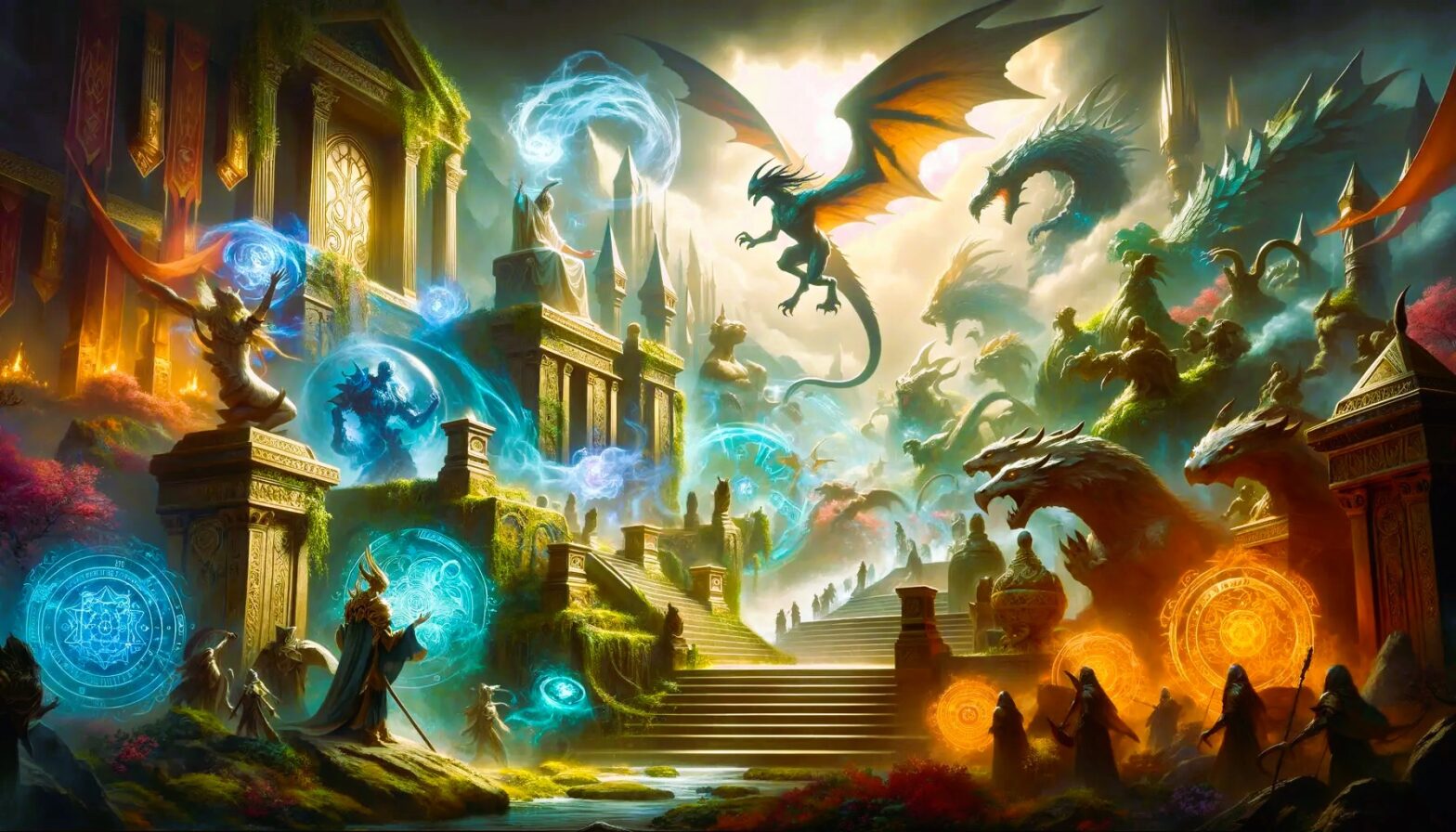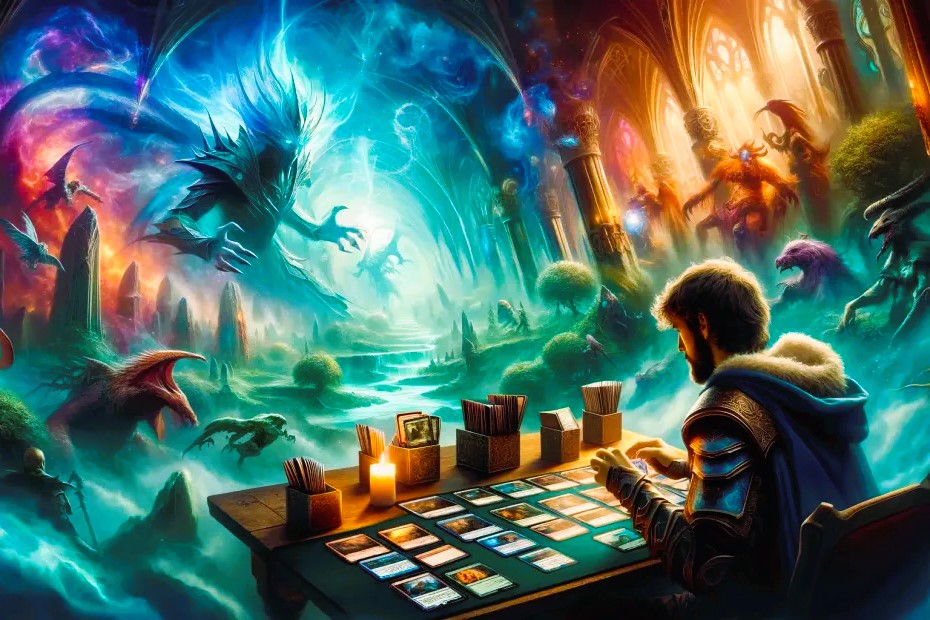
Magic: The Gathering – Tactics (MTG Tactics) emerged as a digital extension of the renowned Magic: The Gathering trading card game, introducing players to a strategic and visually engaging experience. Developed by Sony Online Entertainment and released in 2011, MTG Tactics combined the depth of Magic’s card-based gameplay with tactical turn-based combat. This article explores the unique aspects of MTG Tactics, its gameplay mechanics, and its place in the broader Magic: The Gathering universe.
I. The Fusion of Magic: The Gathering and Tactical Combat:
Magic: The Gathering, known for its intricate card game mechanics and vast lore, found a new dimension in MTG Tactics. The game retained the essence of Magic’s card-based gameplay, featuring familiar elements such as mana, spells, and creatures, while introducing a tactical combat system that unfolded on a grid-based battlefield. This fusion created a dynamic and strategic experience, appealing to both Magic veterans and newcomers to the franchise.
II. Gameplay Mechanics:
MTG Tactics maintained the core elements of Magic: The Gathering, including the five colors of mana, card types (creatures, spells, and enchantments), and the iconic Planeswalker characters. Players built decks of cards representing their chosen Planeswalker’s spells and creatures, each with unique abilities. The tactical aspect came into play during turn-based battles, where players strategically maneuvered their creatures on the battlefield, utilized spells, and aimed to outmaneuver their opponents.
III. Planeswalkers and Abilities:
Central to the MTG Tactics experience were the Planeswalkers, powerful beings with distinct abilities and unique decks of cards. Players could choose from a variety of Planeswalkers, each representing a different color or combination of colors in Magic: The Gathering. The Planeswalkers brought their signature abilities to the battlefield, influencing the flow of combat and strategy.
IV. Card Acquisition and Deck Building:
Card acquisition in MTG Tactics involved a combination of in-game rewards and microtransactions. Players could earn booster packs by completing challenges and engaging in battles. The cards obtained from these packs allowed players to customize and enhance their decks, tailoring them to their preferred playstyles and strategies. Deck building was a crucial aspect, as the right combination of cards could turn the tide of battle.
V. Visual Design and Immersive Environments:
MTG Tactics presented battles in visually stunning environments, each inspired by the diverse planes within the Magic: The Gathering multiverse. From lush forests to eerie swamps, the game captured the essence of the Magic universe. The detailed character models, spell animations, and battlefield effects contributed to an immersive and visually appealing experience, bringing the iconic cards to life in a new way. Research on augmented reality games, read more in the article entitled Behind the Screen.
VI. Multiplayer and Social Features:
MTG Tactics embraced the multiplayer aspect of Magic: The Gathering, allowing players to engage in strategic battles with opponents from around the world. The game featured both player-versus-player (PvP) and cooperative modes, fostering a sense of community among players. Social features, including chat and friend lists, encouraged collaboration and friendly competition within the player base.

VII. Reception and Legacy:
MTG Tactics received a mixed reception from players and critics. While many appreciated the integration of Magic: The Gathering’s mechanics into a tactical format, others expressed concerns about the game’s balance, microtransaction model, and the occasional technical issues. The game’s servers were eventually shut down in 2014, marking the end of MTG Tactics.
VIII. Community and Online Resources:
The Magic: The Gathering community remains active and engaged, with various online resources providing information, discussions, and historical context. Wikipedia serves as a comprehensive platform detailing the game’s development, features, and reception. GameSpot and IGN offer reviews and insights into MTG Tactics, providing perspectives from the gaming industry. Fandom, with its Magic: The Gathering Wiki, continues to be a valuable resource for fans, preserving the legacy of MTG Tactics within the broader Magic universe.
Conclusion
Magic: The Gathering – Tactics brought the iconic card game into the realm of tactical combat, offering a fresh and dynamic experience for players. While the game faced challenges and eventually ceased operations, it remains a notable chapter in the expansive history of Magic: The Gathering. MTG Tactics served as a bridge between the traditional card game and the digital gaming space, contributing to the evolving landscape of the Magic franchise.
For further exploration of Magic: The Gathering and its various adaptations, you can visit GameSpot.
